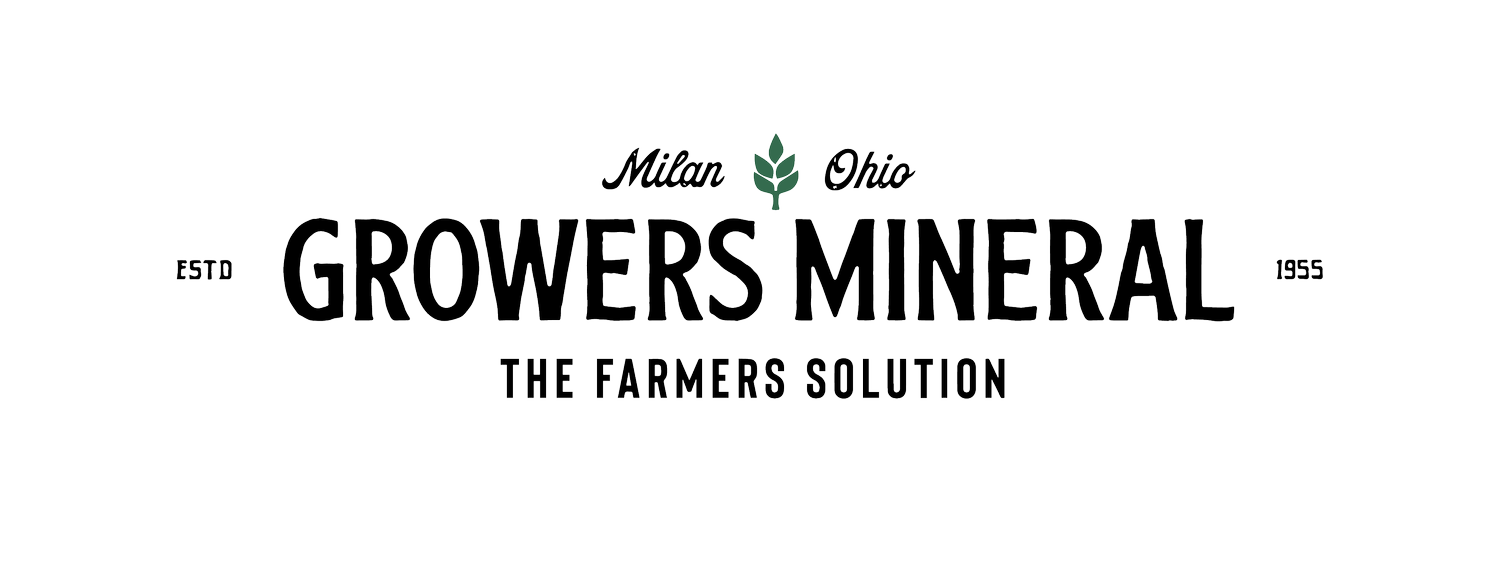Foliar Fertilizer Folly or Foliar Nutrition for Improved Yields
As farmers examined the various agricultural publications in the Spring of 2023, they would have seen both of the titles that are used as the title of this article. It is very interesting to search the sources of the two articles that are eluded to in this article’s title.
In recent years as farmers are becoming quite familiar with foliar applied pesticides (herbicide, insecticides, and fungicides) it seems to draw to a logical conclusion that foliar applied nutrients may be useful far as agricultural producer. However, the article “Foliar Fertilizer Folly” on May 19, 2023 appearing on www.dtnpf.com stated that a study of small-plot trials across a 16 state university area showed foliar applied elements did not consistently increase soybean yield or grain composition. These university researchers concluded that use of foliar applied nutrition is something farmers really need to think twice about using.
As a contradiction to this article the article “Foliar Nutrition for Improved yields” appeared on June 1, 2023 on www.farmprogress.com. This article was published by the seed company Beck’s Hybrids. The Beck’s article does state that foliar feeding has been a topic of debate over the years. The debate time for foliar feeding was emphasized in the university article, but the Beck’s article moved in another direction by saying that the use of foliar applied nutrients have some advantages over soil applied elements. These advantages occur because many factors within the soil affect nutrient availability and that nutrient availability to plants is not just related to the presence or absence of a nutrient within the soil, but whether the nutrient is in a form that can be assimilated by plants.
So, the Beck’s article states that when considering a foliar feeding plan one of the most important considerations is what time during the day a foliar product should be applied. Since an inorganic element (nutrient) is being applied to an organic (plant tissue) material, the leaf surface should be covered with dew and respired water so as to act as a carrier to allow the elements to enter the plant. Also, when the atmosphere is cooler plants retain water longer with slow evaporation rates. Also, in the morning and evening plant stomata tend to be open which help increase element uptake. Thus, Beck’s Seed is suggesting foliar feeding can work if certain environmental conditions are part of the program. The environmental conditions were never discussed in the technical version (Agronomy Journal) of the university research.
So, it now appears that the agricultural literature gives the farmer opposing views from private enterprise and the university system.
At the time these above articles appeared on the internet, a third article appeared on www.research and markets,com/reports/ discussing the foliar spray market. The target for this article are money investors.
“The foliar spray market is projected to grow from USD 7.3 billion in 2023 to USD 9.6 billion by 2028 growing at a CAGR of 5.5% during the forecast period. Foliar sprays are gaining popularity in agriculture due to their ability to provide crops with necessary nutrients, resulting in improved growth, yield, and quality. This is particularly important for high-value crops like fruits, vegetables, and ornamental plants. Foliar sprays also reduce the need for excessive use of fertilizers and chemicals, making them an environmentally friendly approach to agriculture. As sustainable agricultural practices gain more attention, the demand for foliar sprays is increasing, as they can be formulated to be environmentally friendly and promote sustainable agriculture. Additionally, the adoption of precision agriculture technologies, like sensors and drones, is driving the demand for foliar spray. Moreover, the demand for foliar sprays is driven by the need for improved crop yield and quality, the adoption of precision agriculture technologies, and the growing awareness of sustainable agriculture practices.”
A quote from the university article did say, “Now we can’t say that they’re not going to work for anybody anywhere…”.
This is an excerpt from the Spring Growers Solution (2024) written by Jim Halbeisen, Growers Director of Research & Education.
Signup for our newsletter to stay in the loop
